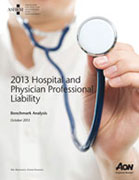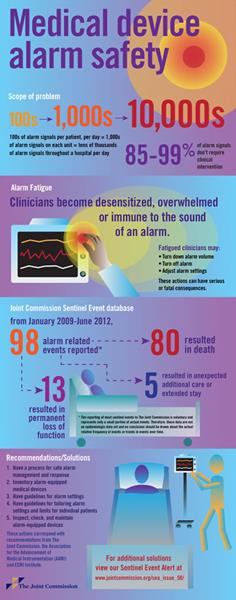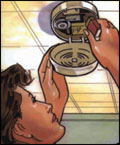 Gair, Conason, Steigman, Mackauf, Bloom & Rubinowitz, a leading New York Personal Injury law firm, is proud to announce that it has been listed in six practice areas in the just released ranking of law firms by U.S. News Media Group, the publishers of U.S. News & World Report, and Best Lawyers®. This is the fourth edition of this highly-anticipated annual analysis. Gair, Gair, Conason, Rubinowitz, Bloom, Hershenhorn, Steigman & Mackauf was nationally ranked in the top tier in Mass Tort Litigation / Class Actions – Plaintiffs. The firm also ranked in the top tier in five legal specialties in the New York City Metropolitan Area: Legal Malpractice-Plaintiffs, Medical Malpractice-Plaintiffs, Personal Injury Litigation-Plaintiffs, Product Liability Litigation-Plaintiffs and Mass Tort Litigation/Class Actions-Plaintiffs.
Gair, Conason, Steigman, Mackauf, Bloom & Rubinowitz, a leading New York Personal Injury law firm, is proud to announce that it has been listed in six practice areas in the just released ranking of law firms by U.S. News Media Group, the publishers of U.S. News & World Report, and Best Lawyers®. This is the fourth edition of this highly-anticipated annual analysis. Gair, Gair, Conason, Rubinowitz, Bloom, Hershenhorn, Steigman & Mackauf was nationally ranked in the top tier in Mass Tort Litigation / Class Actions – Plaintiffs. The firm also ranked in the top tier in five legal specialties in the New York City Metropolitan Area: Legal Malpractice-Plaintiffs, Medical Malpractice-Plaintiffs, Personal Injury Litigation-Plaintiffs, Product Liability Litigation-Plaintiffs and Mass Tort Litigation/Class Actions-Plaintiffs.
Inclusion in the “Best Law Firms” listing is based on a rigorous evaluation process that includes data collection, evaluation and feedback from thousands of clients, lawyers and law firm representatives spanning a wide range of practice areas nationwide.
“We are delighted that our firm has once again received this honor,” says Ben Rubinowitz, Managing Partner at the firm. “To be included in six practice areas is a testament to the hard work and endless dedication we give to our clients. At our firm there is nothing more important than the plight of our clients. We have always worked tirelessly to secure the very best results for those who have been seriously injured through the fault of others. We are honored to be recognized for our dedication and the superb results that we have achieved.”
 In 2014 medical malpractice will represent $0.60 per every $100 of hospital revenue or an average of $135 per hospital admission according to “Hospital and Physician Professional Liability Benchmark report” recently released by Aon and the American Society of Healthcare Risk Management.
In 2014 medical malpractice will represent $0.60 per every $100 of hospital revenue or an average of $135 per hospital admission according to “Hospital and Physician Professional Liability Benchmark report” recently released by Aon and the American Society of Healthcare Risk Management.  New York Personal Injury Attorneys Blog
New York Personal Injury Attorneys Blog



 Carbon monoxide exposure can lead to serious
Carbon monoxide exposure can lead to serious 
